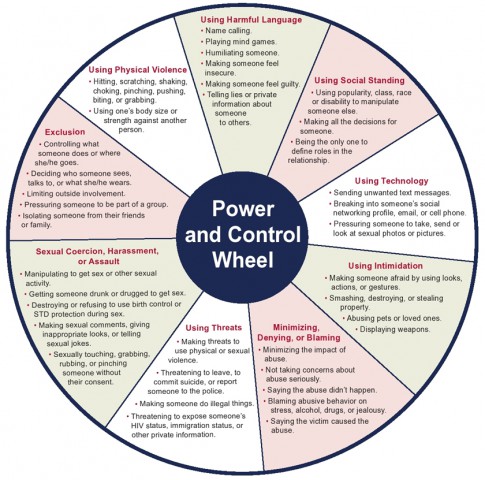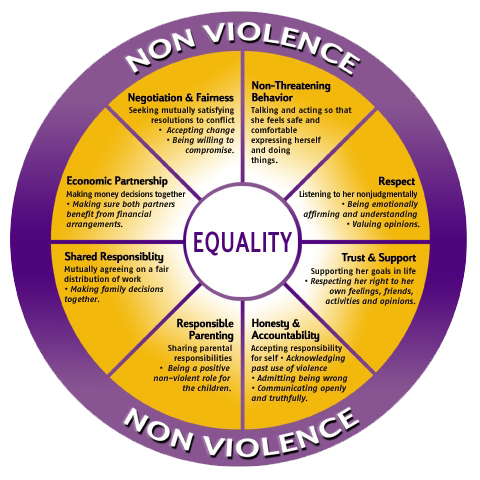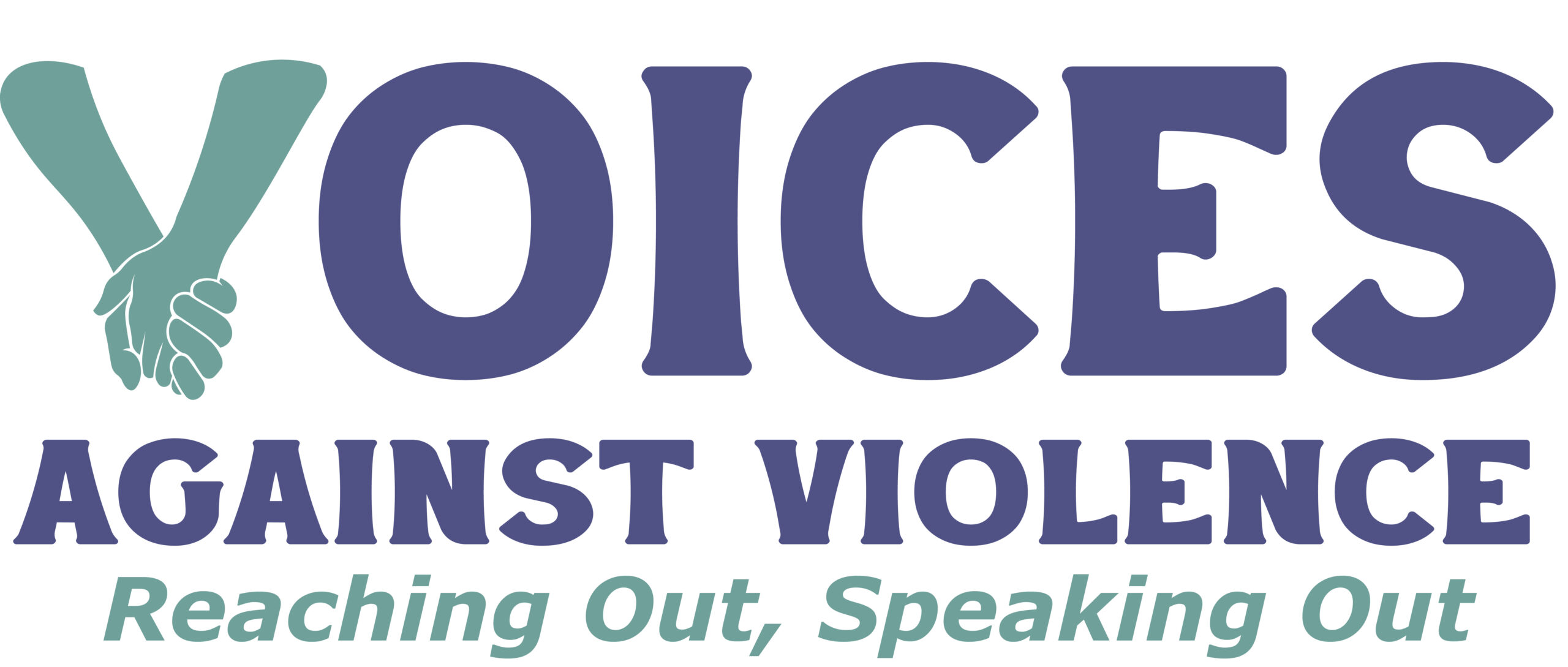WHAT IS DOMESTIC VIOLENCE?
Domestic Violence is a pattern of coercive control that one person exercises over another. Battering is never an accident, it is an intentional act used to gain control over the other person.
Red Flags
- Jealousy
- Controlling Behavior
- Quick Involvement
- Unrealistic Expectations
- Isolation
- Past Battering
- Threats of Violence
- Breaking or Striking Objects
- Any Force During an Argument
Abusive relationships usually do not begin with physical abuse. Rather, the abuse builds over a period of time, beginning with emotional and verbal abuse, which gradually becomes more extreme and eventually may expand to also include physical and sexual abuse. The severity of violence usually increases over time. Anyone can be a victim of abuse.
The purpose of the abuse is to maintain power and control over one’s partner. Routine intimidation is used to gain that power. The victim of abuse often feels isolated, and afraid. Abuse is not a victims fault.


Physical Abuse Continuum
- Pinch / Squeeze
- Push / Shove
- Shake / Jerk
- Slap
- Bite
- Push / Shake / Slap that bruises
- Punch / Hit
- Kick
- Strangle
- Throwing objects
- Targeted physical blows
- Use of household objects as weapons
- Throwing person
- Restraining and physical blows
- Abuse that requires medical treatment
- Abuse that results in cuts, broken bones, internal injuries, or miscarriage
- Use of conventional weapons
- Abuse that leads to disfigurement or disability
- Murder
Five Ways Abusers Lure Victims Back
- THE HEARTS & FLOWERS APPROACH
- THE SUPERDAD APPROACH
- THE REVIVAL APPROACH
- THE SOBRIETY APPROACH
- THE COUNSELING APPROACH
The victim is the person best able to say what tactics the abusive partner might use. As each tactic is tried and fails, the abusive partner will move on to the next, looking for one that will “work.” It is important not to minimize the safety concerns, since as the victim resists, the frustration level of the abusive partner increases and so may the lethality factor.
50 reasons why victims don’t leave their partners
- The Children
- Money
- Fear
- Relatives blame the victim
- The therapist blames the victim
- Police blame the victim
- Clergy blame the victim
- The batterer blames the victim
- The victim blames her/himself
- No one believes the victim is being abused
- The victim doesn’t think s/he’s being abused
- The victim’s partner says “I love you”
- The victim’s partner says “I’m sorry”
- The victim’s partner says “I’m the best thing that’s ever happened to you”
- The victim’s partner says “I’ll never do it again”
- The victim’s partner says “I’ll kill you if you leave”
- The victim’s partner says “I’ll take the children”
- The victim’s partner says “I’ll kill myself if you leave”
- The victim will be homeless
- The shelters are full or not available
- The victim believes the welfare system will abuse her/him more
- The victim loves their partner
- The abuser loves the victim
- The children love them both
- The victim’s father abused her
- The victim’s mother abused her
- The victim’s partner is an alcoholic
- The victim’s partner is a drug addict
- The victim is an alcoholic
- The victim is a drug addict
- The victim’s partner’s a pimp
- The victim tried to leave before
- The victim’s partner found her/him before
- The victim can’t speak English
- The victim doesn’t have papers to be in this country
- The victim is in a wheelchair
- The victim is deaf
- The victim is blind
- The abuser is her/his personal care attendant
- The abuser is a public figure
- The victim is a public figure
- The victim can’t read
- The victim is afraid of the unknown
- The victim is isolated
- The victim is depressed
- The victim never told anyone
- It’s not the right time yet
- The abuser threatens to report the victim to DCYF as an unfit parent
